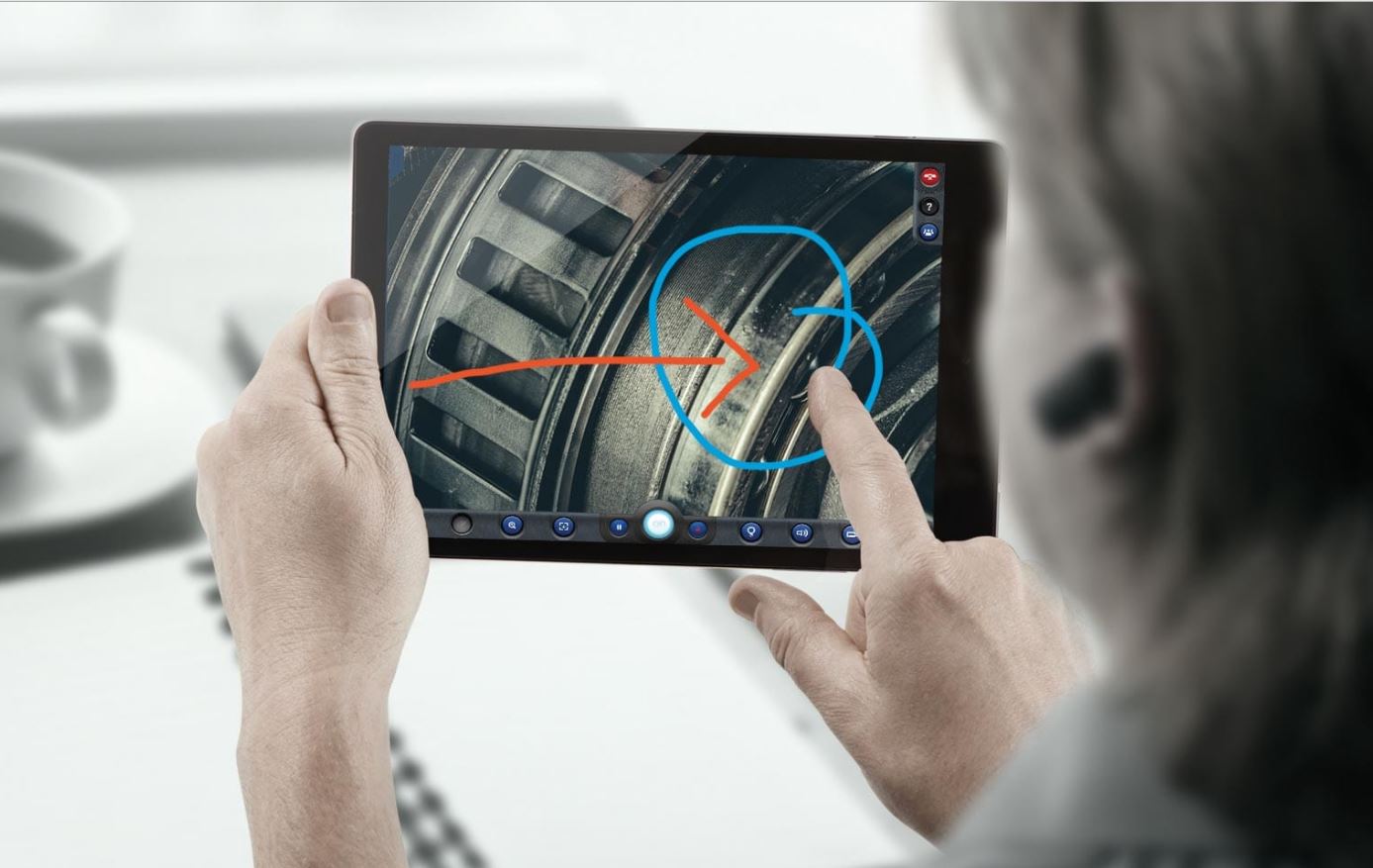
How Generative AI and RAG Unlock Decades of Business Knowledge

The Internet of Things (IoT) is more than the latest buzz word. We experience IoT daily and with millennials starting to make their mark in the workforce, IoT is becoming more and more popular. If you look in your hand, you are probably holding one of the most disruptive IoT technologies of the decade: the smartphone. It’s a phone, but also a flashlight, a GPS, a high resolution camera, and computer just to name a few.
“What is IoT?”
IoT is the shift we are seeing where objects or “things” are connected to the internet to share data. Connected “things” includes everything from refrigerators, wearable watches that track your vitals, to industrial products like Rolls Royce aircraft engines, all fitted with hundreds of sensors that record and report changes back to the engineers in real-time, who look at that data and decide the best course of action.
To break it down, IoT is connected devices.
In an article by Fox Business, Cisco, General Electric, and Verizon are listed as prominent companies in the IoT world due to their work in hardware, software, and services. By the way, two of the three companies mentioned are Librestream strategic partners. The article also states that $566 billion is expected to be spent on services and connectivity, while the total IoT industry is expected to reach $1.7 trillion. According to Cisco, there are more connected devices than people on Earth. The ratio is 1.5 devices to 1 person. And this number doesn’t look like it’s slowing down any time soon. Gartner reports that by 2020, 25 billion “things” will be connected.
IoT is creating new relationships, most notably the people-things relationship. Previously, the people-things relationship was one sided, with people initiating physical testing of things to acquire up-to-date performance data, or reacting to an issue when something wasn’t working properly. With IoT, the people-things relationship gets upgraded. Instead of a one sided relationship, ‘things’ are pushing important data on almost anything you can think of.
What can you do with all this data? With more data available, organizations can quickly assess performance, identify areas for improvement, and create new efficient ways to address problems.
We’re competing in a global environment, often times our assets (production facilities, maintenance facilities, etc…) are continents apart. IoT provides us with tools that not only give us data on almost anything you can imagine, but creates opportunity to anticipate issues and assess them immediately through video or remote diagnostics.
This blog post was written by Charlie Neagoy- VP Business Development at Librestream Technologies Inc.